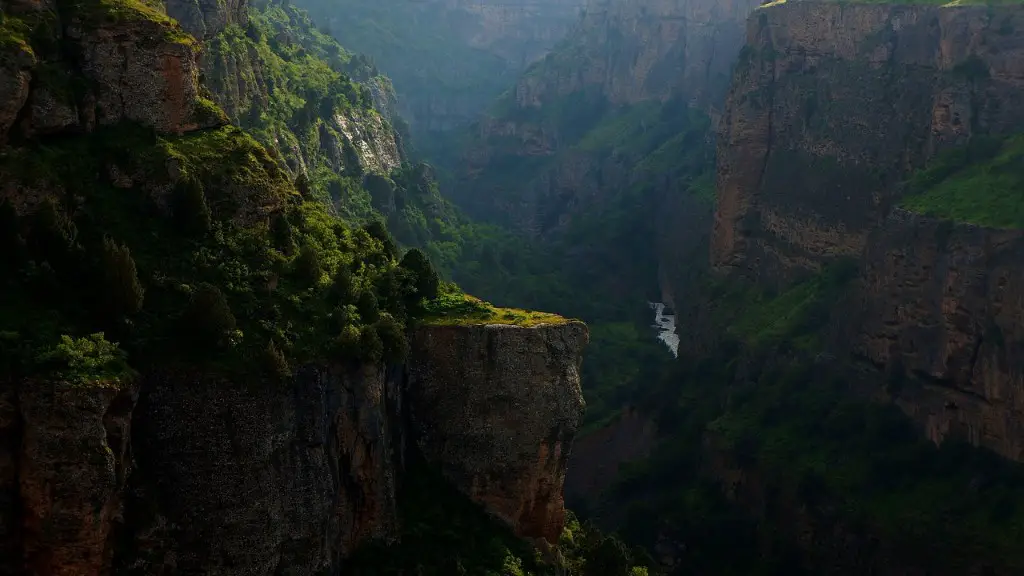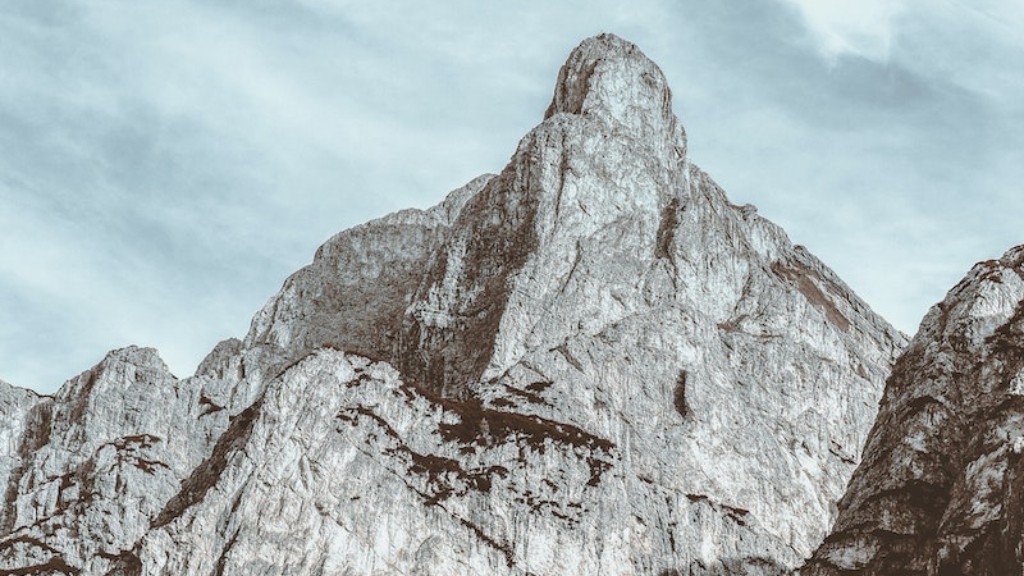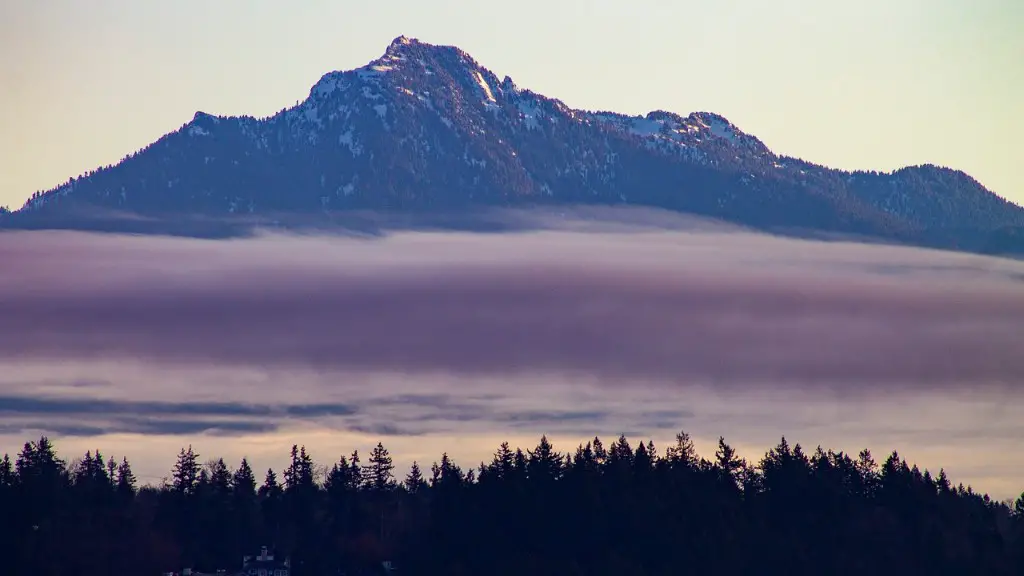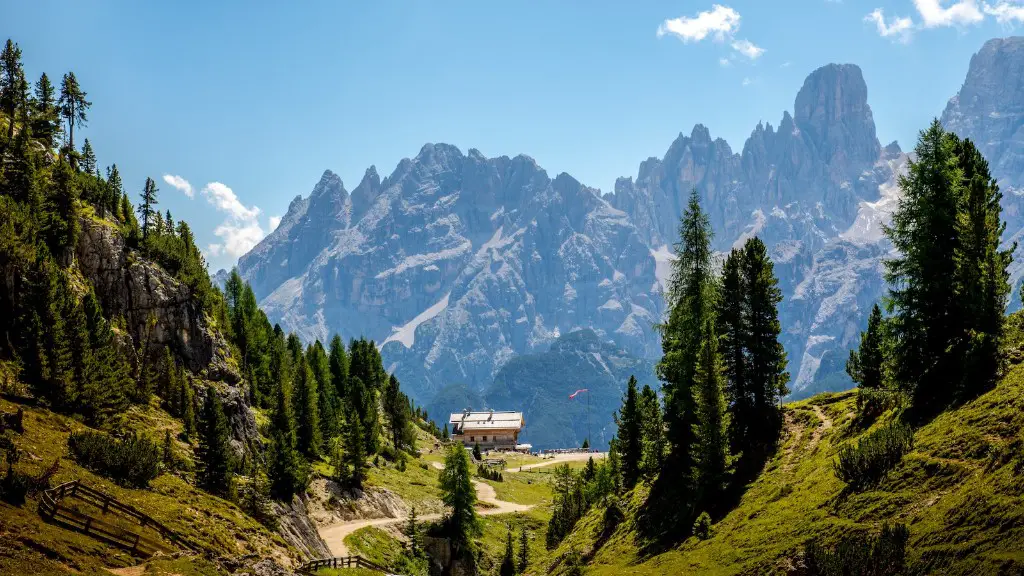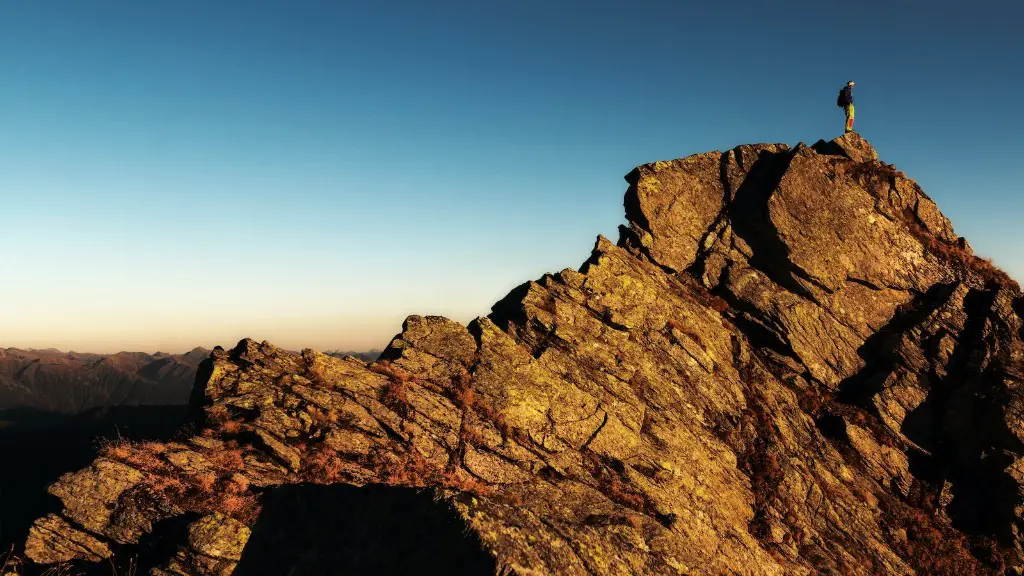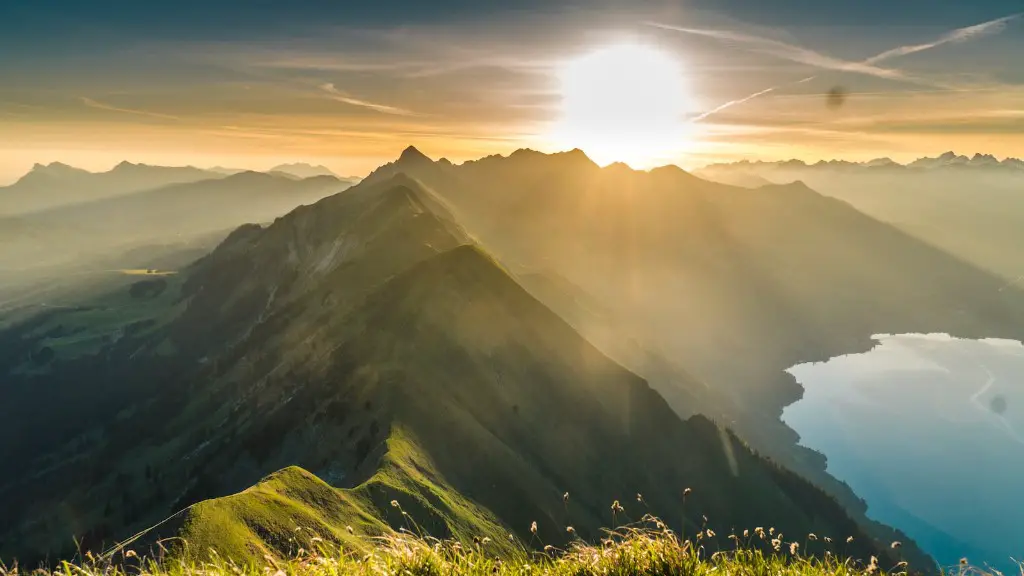Mount Kilimanjaro is a large volcano located in Tanzania. It is the tallest mountain in Africa and one of the Seven Summits. The mountain has several climatic zones, and the summit is capped with snow and ice. The glaciers on the mountain are retreating, and it is unclear how long they will remain.
There are a few reasons why Mount Kilimanjaro has snow and ice. Firstly, Kilimanjaro is tall mountain and thus experiences colder temperatures than lower lying areas. Secondly, Kilimanjaro is located near the equator, but its summit is high enough to be influenced by a colder climate. And lastly, the mountain has high amounts of precipitation, which fall as snow at the higher elevations.
Why does Mount Kilimanjaro have glaciers on top?
The current glaciers began to form in 9700BC, according to recent research. The fact that there are still glaciers is due to the prolonged ‘cold snaps’, or ice ages, that have occurred down the centuries. These, of course, allow the glaciers to regroup and reappear on the mountain.
Snow on Kilimanjaro is most common from November through March, but it can occur all year round. Be prepared for cold temperatures and possible weather conditions if you plan to hike during these months.
What factor explains why Mt Kilimanjaro has a cold climate
The temperatures on Mount Kilimanjaro can vary depending on the altitude and time of day. During the day, the temperatures can be warmer than at night. The higher up you go on the mountain, the colder it will be.
At the top of a mountain, the air pressure is much lower than at the base of the mountain. This lower air pressure causes the air to expand and cool. Even though the air is warmer at the top of the mountain, it is colder than at the base of the mountain.
Why are Kilimanjaro’s glaciers melting?
The glaciers on Mount Kilimanjaro are disappearing rapidly. A large part of this problem is due to global climate change, but the situation is being made much worse by the mass deforestation in the Kilimanjaro region for firewood, charcoal making, and agriculture.
This is an alarming statistic and it is important to find out more about what is causing this decline. It is possible that Kilimanjaro’s glaciers are shrinking due to climate change and if this is the case, it is important to take action to try to prevent further decline. There is also a possibility that the glaciers are shrinking due to other factors such as natural variability or changes in the local environment and further research is needed to determine the cause. Regardless of the cause, it is clear that the glaciers are in decline and this is something that we need to be aware of and take action on.
Is Kilimanjaro the only place with snow in Africa?
Kilimanjaro is 19,341 feet high and experiences a temperature range of 0°F – 95°F. At such high elevations, it does snow on Kilimanjaro! There are three glaciers on the mountain.
The melting of glaciers is happening at an accelerated rate, which is about half a meter per year (16 feet a year). This has led to much of the glacier cover shrinking by 80% since 1912, when there was first documentation of the mountain. This is a cause for concern as it could lead to a rise in sea levels and more extreme weather conditions.
What is the coldest temperature on Mount Kilimanjaro
At the summit of Mount Kilimanjaro, Uhuru Peak, night temperatures can drop to -20 degrees Fahrenheit (-29 degrees Celsius). Therefore, it is strongly recommended to always be prepared for wet and cold conditions.
Mount Kilimanjaro is an iconic mountain located in Tanzania. It is the tallest mountain on the African continent and the highest free-standing mountain in the world. Mount Kilimanjaro has three volcanic cones, Mawenzi, Shira and Kibo. Mawenzi and Shira are extinct but Kibo, the highest peak, is dormant and could erupt again. Mount Kilimanjaro is a popular tourist destination and is also an important cultural and historical site for the local people.
Why does snow not melt on mountain tops?
The high specific latent heat capacity of ice means that it takes a lot of heat to melt it. This is why snow on the mountain top melts very slowly – it takes a lot of heat to melt all that ice.
At higher elevations, the air is cooler because the atmosphere is thinner. The total heat content of the atmosphere is directly related to the amount of matter present, so there is less heat at higher elevations. The heating of the earth itself also plays a role in the temperature difference between high and low elevations.
Why snow does not melt on peaks
The high specific latent heat capacity of ice means that it takes a lot of heat to melt it. This is why snow on the mountain top melts very slowly with the heat of the sun. The sun’s rays are not intense enough to overcome the latent heat of ice and cause it to melt quickly.
A team of experts have found dust in the ice of Kilimanjaro, which supports Joseph’s seven-year drought prophecy. The dust is believed to be from a supernova that occurred about seven years ago. This is the first time that this type of evidence has been found in ice cores.
Has ice of Kilimanjaro shrunk 85% in last 100 years?
If the current trend continues, the ice cover on Kilimanjaro will be completely gone by 2022. This is a huge problem because the ice cover is one of the main attractions of the mountain. It is also a major source of water for the local population. without the ice cover, the mountain will be a lot less popular and the local economy will suffer.
The melting of glaciers is one of the most visible and concerning effects of climate change. Human activities are at the root of this phenomenon – specifically, since the industrial revolution, carbon dioxide and other greenhouse gas emissions have raised temperatures, even higher in the poles. As a result, glaciers are rapidly melting, calving off into the sea and retreating on land. The consequences of this are far-reaching and include rising sea levels, displacement of indigenous communities, and loss of wildlife habitat. We must take urgent action to reduce our emissions and slow the rate of glacier melting.
Conclusion
The summit of Mount Kilimanjaro experiences very cold weather, with an average temperature of -7°C. The high altitude and position near the equator combine to create these conditions. Additionally, the mountain has two glaciers, which add to the amount of snow and ice present.
The answer to this question is twofold. First, Mount Kilimanjaro is located near the equator and thus experiences a much cooler climate than other parts of Africa. Secondly, the mountain is very tall, rising almost two miles above the surrounding plains. This altitude also contributes to the cooler temperatures and the presence of snow and ice.
